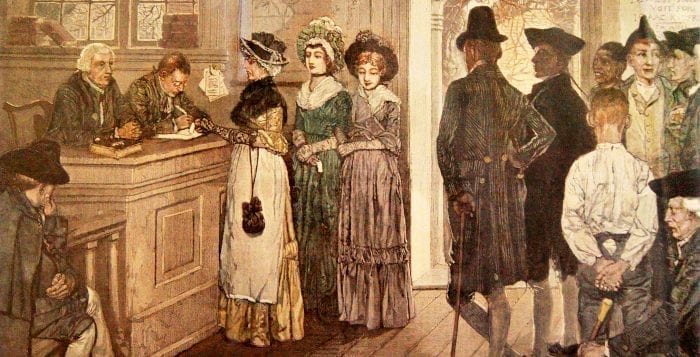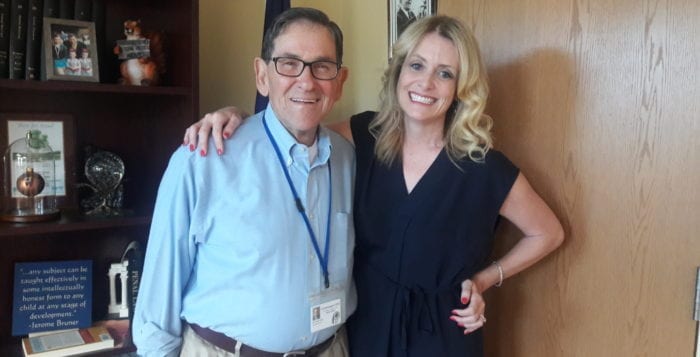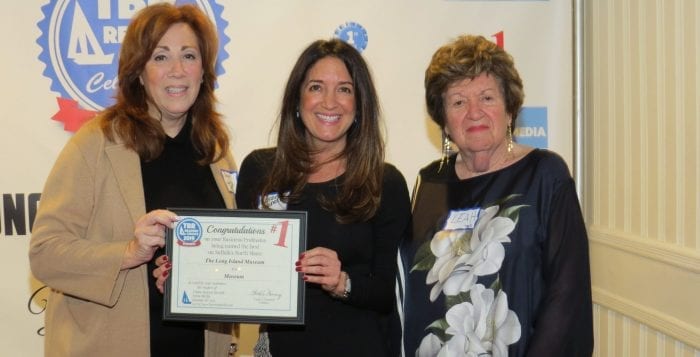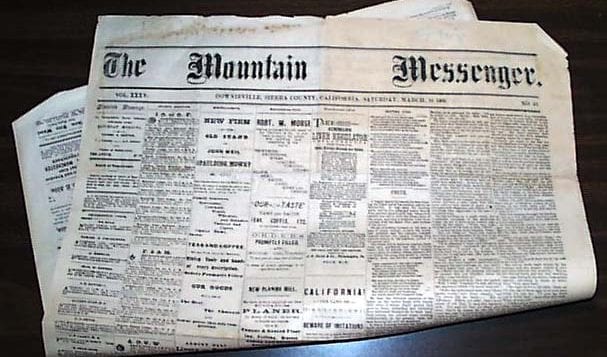By Daniel Dunaief

I just celebrated an incredible birthday, thanks to the thoughtfulness of friends and family who took the time to talk with me and shop for greatly appreciated gifts.
Each year, these birthdays have the potential to be challenging, especially given that mine often comes some time around school midterms. Even though I’m no longer watching the calendar to see how many days I have left before I have to take a big test, I still ride that roller coaster vicariously with my children. This year, however, enormous and difficult tests didn’t hang over us, like the academic sword of Damocles.
For starters, before my birthday celebration kicked in, my sister-in-law and brother-in-law sent me AirPods. I knew I was supposed to open the gift on my birthday, but I’m not exactly the most patient person when it comes to opening presents. Gee, I wonder where my kids get that trait?
Anyway, the reaction from my son was almost as enjoyable as the present itself. When he saw me wearing them, he said, “How did you get those?” as if the question were an accusation. “My friends all have them.”
My daughter did a test run with me, chatting with me on FaceTime while she stared at my ears instead of at my uneven sideburns or the hairy bridge connecting my eyebrows. It’s increasingly rare these days for anything I do, say or wear to be considered “up to date,” so this wonderful gift hit the mark.
I’m enjoying using the AirPods at the gym, where I don’t have to worry about the wire bouncing around when I’m running or after I’ve exercised, when I’m panting as I lean over the water fountain.
The best part, though, is that they allow me to talk with someone while I’m walking my dog and picking up his droppings. I don’t have to worry about the wire coming lose when he suddenly pulls hard on the leash to chase a rabbit or to run away from the sudden noise a desiccated leaf makes when it blows in the wind behind us. Yes, despite his 90-pound body, he finds the unexpected noise from leaves threatening.
While I insisted to my wife that she didn’t need to buy anything for me, she purchased several items of clothing, like shorts and shirts that fit, look good and are incredibly comfortable. She also got this terrific jacket that repels the white dog hair that has rendered the rest of my outerwear ridiculous when interacting with members of the general public.
This birthday we ventured to the Big Easy, where the ubiquitous music still resonates. We took a paddleboat ride and heard about the Mississippi River and the site of the Battle of New Orleans. The oak trees lining the bank are about 250 to 300 years old, which means that the same trees stood in the same spot during the battle.
My teenage son, who isn’t always the picture of patience with his demanding dad, played with me and allowed me to hug him in public during the weekend. That was better than any gift he could have purchased. My daughter, meanwhile, celebrated vicariously from college. A few of her friends wandered into the screen and wished me the best.
Finally, I connected by phone with college roommates, nephews, brothers and my mom, who was a critical part of that day so many years ago. Birthdays have, at times, made me feel older and displaced. This one, with the meaningful conversations, the laughter with my wife and children and the chats with friends and relatives, as well as the “cool” gifts, made me feel so young.
















